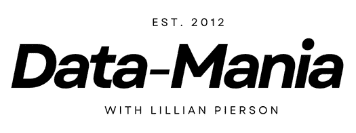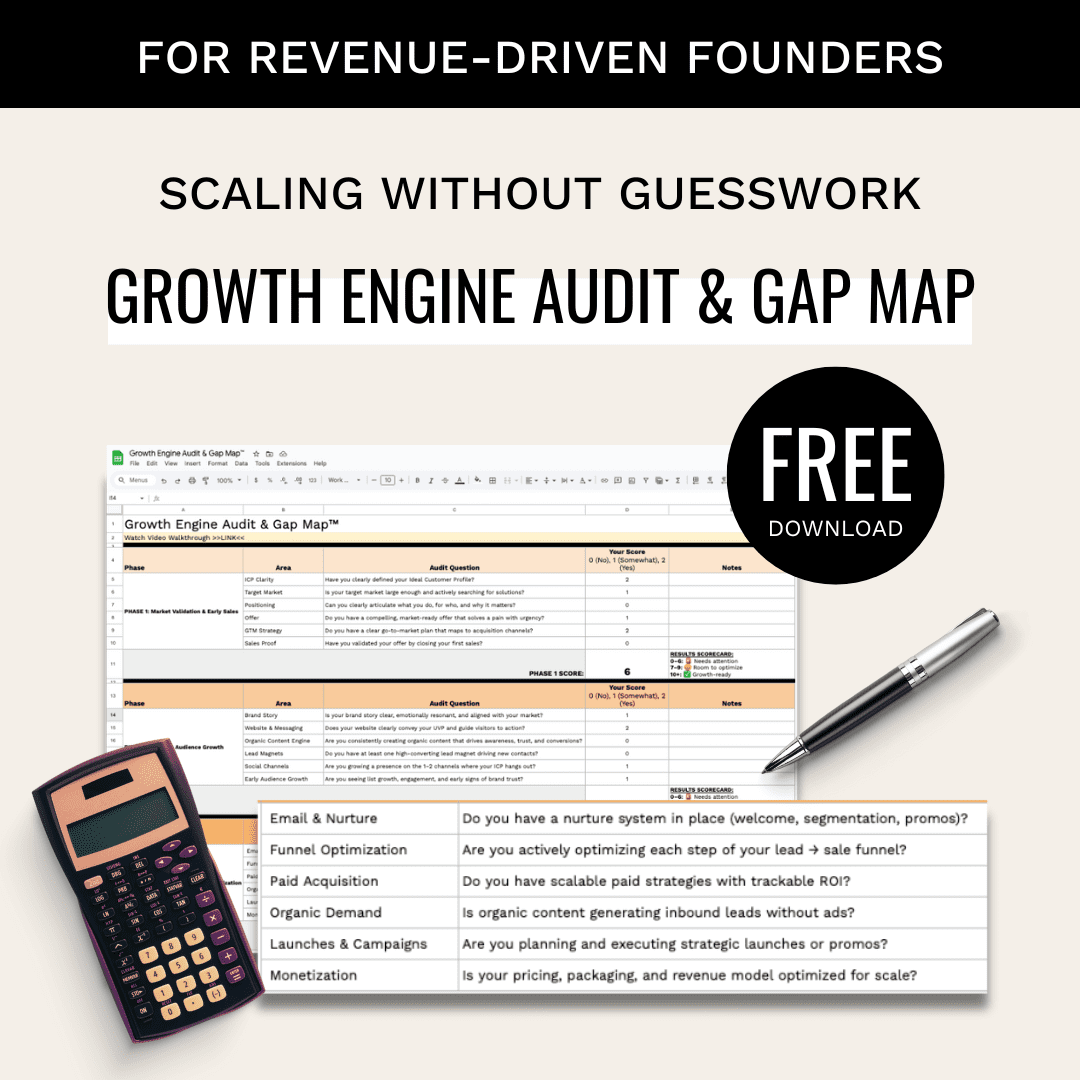How long does it take to turn a prospect into a customer? That’s what time-to-conversion metrics help you understand. These metrics reveal how quickly potential customers move through your marketing and sales funnel, highlighting delays and inefficiencies.
Why It Matters:
- Faster Revenue: Shorter conversion times mean quicker sales.
- Lower Costs: Reducing delays cuts customer acquisition costs.
- Better Resource Use: Allocate marketing budgets more effectively.
Key Metrics by Funnel Stage:
- Awareness: Initial engagement happens within 48–72 hours; lead capture rates vary by industry (e.g., CRM SaaS: 2.0%).
- Consideration: Converting leads to MQLs takes 1–3 weeks; MQL-to-SQL conversion spans 2–4 weeks.
- Decision: Sales cycles range from 4–8 weeks for mid-market deals and 3–6 months for enterprise deals.
- Retention: Feature adoption occurs within 30–90 days, and expansion opportunities arise 6–12 months post-purchase.
How to Improve:
- Track Progress: Use CRM tools to monitor conversion times.
- Automate Processes: Speed up steps like lead assignment and follow-ups.
- Refine Lead Scoring: Focus on high-intent behaviors.
- Deliver Timely Content: Match content to the buyer’s journey.
By focusing on these metrics, you can reduce bottlenecks, improve efficiency, and drive faster growth.
Measuring Each Funnel Stage
Awareness: First Contact Metrics
At the Awareness stage, it’s all about tracking those initial interactions. Key metrics include the time to first meaningful engagement (typically within 48–72 hours), website conversion rates (aiming for same-session or one to two return visits), and lead capture velocity. Here’s how lead capture rates stack up across different sectors:
| Industry Sector | Lead Rate |
|---|---|
| Adtech SaaS | 1.4% |
| Automotive SaaS | 1.9% |
| CRM SaaS | 2.0% |
These numbers provide a foundation for understanding how leads move into deeper engagement during the Consideration phase.
Consideration: Lead Progress Metrics
Once initial engagement is established, the focus shifts to tracking lead progress. On average, converting leads to MQLs (Marketing Qualified Leads) takes 1–3 weeks, with top performers hitting conversion rates between 25–35%. From there, the MQL-to-SQL (Sales Qualified Lead) transition typically spans 2–4 weeks, with conversion rates ranging from 13–26%. Keeping leads engaged during this phase often requires multiple touchpoints spread over several weeks.
Decision: Sales Cycle Metrics
This stage is all about how quickly deals move through the pipeline. For mid-market solutions, the sales cycle usually wraps up in 4–8 weeks, while enterprise-level deals can stretch to 3–6 months. Contract negotiations alone often take 1–3 weeks. Here’s a closer look at some key funnel metrics:
| Funnel Metric | CRM SaaS | Adtech | Industry Average |
|---|---|---|---|
| SQL to Opportunity | 48% | 40% | 44% |
| Opportunity to Close | 38% | 37% | 37% |
Focusing on these metrics can help speed up the overall sales process and improve conversion rates.
Retention: Customer Growth Metrics
Retention metrics highlight how customers realize value and uncover expansion opportunities. Here’s a breakdown:
- Simple tools: Deliver value immediately.
- Mid-complexity solutions: Typically show results within 30–45 days.
- Enterprise implementations: Require 60–90 days for full value realization.
Feature adoption is a critical indicator of engagement. Successful products often see 20–30% of new features adopted within 30 days of release. Expansion opportunities generally arise 6–12 months after the initial purchase, with shorter timelines signaling a stronger product-market fit.
Understanding Your Top of Funnel Conversion Metrics (Lead Playbook)
Measurement Tools and Methods
When it comes to refining your funnel, having the right tools and methods in place is non-negotiable. Here’s how you can approach it effectively:
Customer Group Analysis
Start by segmenting your prospects based on their conversion behaviors, such as company size or market segment. This allows you to define specific metrics for tracking funnel progression and tailor your offers accordingly.
Contact Point Tracking
Pay close attention to the time intervals between key interactions, like moving from a website visit to a form submission, engaging with content before speaking to sales, or requesting a demo before the actual demonstration. These insights help pinpoint which touchpoints are driving conversions most effectively.
Sales Pipeline Speed
Pipeline velocity matters. By measuring how quickly leads move through your sales stages, you can uncover bottlenecks and work on speeding up the process. Track both the overall pipeline speed and the pace at individual stages for a clearer picture.
"Marketing without strategy is a recipe for disaster." – Lillian Pierson, Data-Mania
To make this process scalable across your team, consider implementing structured systems such as:
- Defining baseline metrics for each stage of the funnel
- Setting clear targets for conversion times between stages
- Monitoring deviations from expected timelines
- Using automated alerts to flag stalled opportunities
With these systems in place, you can craft and execute a growth strategy that not only optimizes your funnel but also drives revenue growth.
sbb-itb-e8c8399
Reducing Conversion Time
Speeding up the conversion process requires a mix of smart technology and well-timed engagement strategies. Here’s how you can make it happen:
Lead Score Updates
Dynamic lead scoring is a game-changer when it comes to identifying prospects who are ready to act. By focusing on behavioral signals, you can zero in on high-priority leads:
- Engagement with bottom-funnel content: Give more weight to actions like downloading case studies or requesting demos.
- Frequency over single actions: A prospect who interacts repeatedly is showing more intent than someone who clicks once.
- Adjust thresholds based on past data: Learn from historical patterns to fine-tune your scoring.
- Monitor score velocity: Fast-changing scores can flag leads that are moving quickly toward a decision.
Keep your scoring model flexible and up-to-date to ensure you’re targeting the right leads without sacrificing quality.
Process Automation
Once you’ve identified high-potential leads, automation can help keep things moving smoothly and quickly:
- Digital signature tools: Say goodbye to delays caused by paperwork.
- Automatic assignment rules: Route leads to the right team based on territory or expertise.
- Triggered email sequences: Send tailored messages at the right stages of the funnel.
- Calendar integrations: Make scheduling seamless to avoid unnecessary back-and-forth.
Your CRM should act as the backbone for these automations, ensuring every step is tracked and that marketing and sales teams are always on the same page.
Custom Content Timing
Timing is everything when it comes to delivering content that drives decisions. Here’s how to get it right:
- Behavioral Triggers: Respond to specific actions, like sending a pricing guide after a demo request.
- Industry-Specific Timing: Adjust your approach based on different sector buying cycles.
- Funnel Positioning: Match content to where your prospect is in their decision-making journey.
- Interaction History: Use past engagement patterns to predict the best times to reach out.
The key is to deliver exactly what decision-makers need, exactly when they need it. By removing hurdles and providing timely, relevant information, you can keep your prospects moving confidently toward conversion.
Next Steps for Implementation
To improve your conversion processes, it’s time to set up actionable tracking and review systems that keep everything on course.
Start by establishing baseline metrics for each stage of your funnel in your CRM. From there, set specific goals. For instance, you might aim to cut the SQL-to-Opportunity time from 45 days to 30.
Next, create a centralized tracking dashboard that pulls data from both your marketing automation platform and CRM. This dashboard should clearly display the following key metrics:
| Funnel Stage | Target Conversion Rate | Average Time-to-Convert |
|---|---|---|
| Visitor to Lead | 2.0% | 1–7 days |
| Lead to MQL | 36% | 14–21 days |
| MQL to SQL | 42% | 21–30 days |
| SQL to Opportunity | 48% | 30–45 days |
| Opportunity to Close | 38% | 45–60 days |
Set up your analytics to capture detailed interaction data and trigger alerts if conversion times exceed your targets. This ensures you can act quickly when something’s off track.
Use your CRM data and automation insights to guide regular joint reviews with your marketing and sales teams. During these sessions, focus on:
- Pinpointing where delays are happening in the conversion process
- Adjusting lead scoring models based on real behavioral data
- Tweaking content delivery timing to better match each stage
- Refining automation triggers to speed up movement through the funnel
Finally, measure your performance against both your historical data and industry standards. For example, if you’re in the automotive SaaS space, aim to beat the typical 44% SQL-to-Opportunity conversion rate.
FAQs
How can I use CRM tools to track and optimize time-to-conversion metrics at each stage of the funnel?
To get a handle on time-to-conversion metrics at every stage of your funnel, make the most of your CRM’s analytics and reporting tools. Begin by clearly defining each funnel stage – like lead generation, qualification, and deal closing – and mapping them out in your CRM. This step ensures you’re tracking everything consistently.
Take advantage of your CRM’s automation and tagging tools to keep tabs on how long leads linger in each stage. Dive into this data to pinpoint bottlenecks or areas where prospects seem to get stuck. To keep things moving, set up automated workflows – think follow-up reminders or tailored email sequences – to nudge leads along. Make it a habit to review this data regularly so you can tweak your approach and keep the process running smoothly.
What automation strategies can help speed up the conversion process at different funnel stages?
To keep things moving smoothly in your conversion process, think about adding some automation strategies that match the different stages of your funnel. Here are a few ideas:
- Lead Scoring and Prioritization: Use AI-powered tools to rank leads based on their activity and how likely they are to convert. This ensures your team spends their time on the most promising prospects.
- Automated Follow-Ups: Set up tools like email sequences or chatbots to reach out to leads right after important actions, like downloading a guide or joining a webinar.
- CRM Integration: Link your CRM with marketing automation tools so data flows seamlessly between your marketing and sales teams, speeding up the handoff process.
By putting these strategies into play, you can cut down on delays and make the conversion process much smoother for everyone involved.
How can I refine my lead scoring model to identify high-intent prospects and accelerate the sales process?
To improve your lead scoring model, focus on syncing it with the behaviors and characteristics of your top-converting customers. Dive into your historical data to spot trends – look for actions like downloading a whitepaper or attending a webinar, as well as demographic details such as job titles or company size that often indicate strong buying intent. These should be given higher scores in your model.
You might also want to factor in time-to-conversion metrics for each stage of the sales funnel. Prospects moving through stages faster than usual often show higher intent, making them worth prioritizing. Keep an eye on your scoring criteria by regularly reviewing performance data and making updates as needed. This approach can help you focus on the right leads and shorten your sales cycle.
Related Blog Posts
- MQL to SQL Conversion Rate Benchmarks 2025
- Ultimate Guide to Marketing Channel Benchmarking
- Real-Time Analytics for Marketing Decision Support
- AI in Lead Scoring: Benefits for Sales and Marketing




